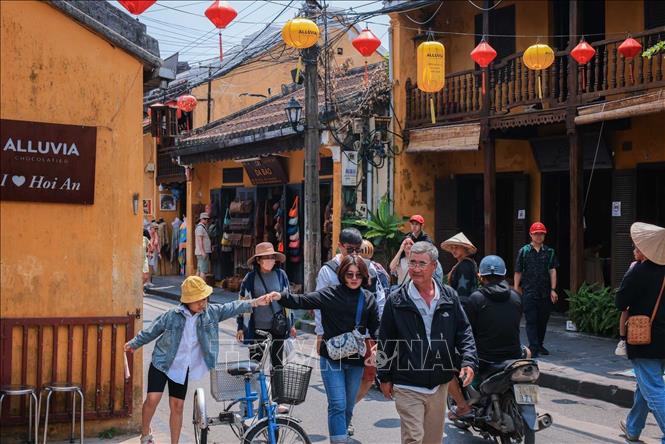 |
| Hoi An Ancient Town (Quang Nam, Vietnam) is a place chosen by many tourists as a destination for entertainment, sightseeing, and learning about history, culture, and architecture. Photo: Hoang Hieu/VNA |
Southeast Asian countries are promoting support policies, infrastructure investment, technology application and sustainable development. It is forecasted that by the end of 2025, the region will attract more than 120 million international visitors, with revenue reaching over 350 billion USD, contributing 8.5% of the region's GDP.
Thailand, Vietnam, and Malaysia are the countries with the highest tourism growth in the region. In 2024, Thailand welcomed 35.54 million international visitors, with revenue of 49.4 billion USD. Vietnam attracted 17.5 million international visitors. Malaysia impressed with 22.3 billion USD in revenue.
Chinese visitors continue to be the growth driver, accounting for more than 25% of regional tourism revenue. In the first two months of 2025, Vietnam welcomed 956,000 Chinese visitors (up 77.8%), Thailand welcomed 662,000 in January 2025, accounting for 18% of total international visitors. Malaysia targets 5 million Chinese visitors in 2025, Cambodia expects to exceed 1 million.
The Association of Southeast Asian Nations (ASEAN) is pushing a "single tourist visa" plan to simplify entry procedures, with a common e-visa expected to be introduced in 2026. In addition, Thailand has extended its visa-free stay to 60 days, and Malaysia has launched a "medical + tourist" hybrid visa.
Technology enhances the travel experience. Singapore's Changi Airport uses artificial intelligence (AI) technology to track luggage, reducing errors to 0.03%. Indonesia's Bali uses blockchain to optimize hotel supply chains, reducing energy consumption by 18%. Thailand promotes "digital nomad visas" to attract remote workers. Southeast Asia's online tourism market is expected to reach $78 billion by 2025, led by Indonesia (45%), Thailand (20 billion USD), and Vietnam (10 billion USD).
Green tourism becomes a strategic trend. Thailand develops carbon neutral island in Phuket, Laos promotes eco-tourism with a target of 500,000 visitors by 2025. Vietnam promotes green tourism, night tourism, cultural heritage. Philippines promotes ASEAN green hotels.
Southeast Asia's health tourism is also a bright spot attracting tourists, with a series of "tours" combining medical examination and treatment being designed and offered.
In addition, to support tourism activities, Southeast Asian governments have invested in upgrading tourism infrastructure. It is estimated that by 2025, Southeast Asian tourism infrastructure will receive an investment of up to 30 billion USD.
With efforts to restore tourism and take advantage of the Regional Comprehensive Economic Partnership (RCEP), along with the digital transformation trend, Southeast Asia is expected to become the second largest tourist destination in the world by 2030, leading the growth of the global tourism industry.
Source: https://huengaynay.vn/du-lich/du-lich-dong-nam-a-buoc-vao-giai-doan-bung-no-moi-152223.html












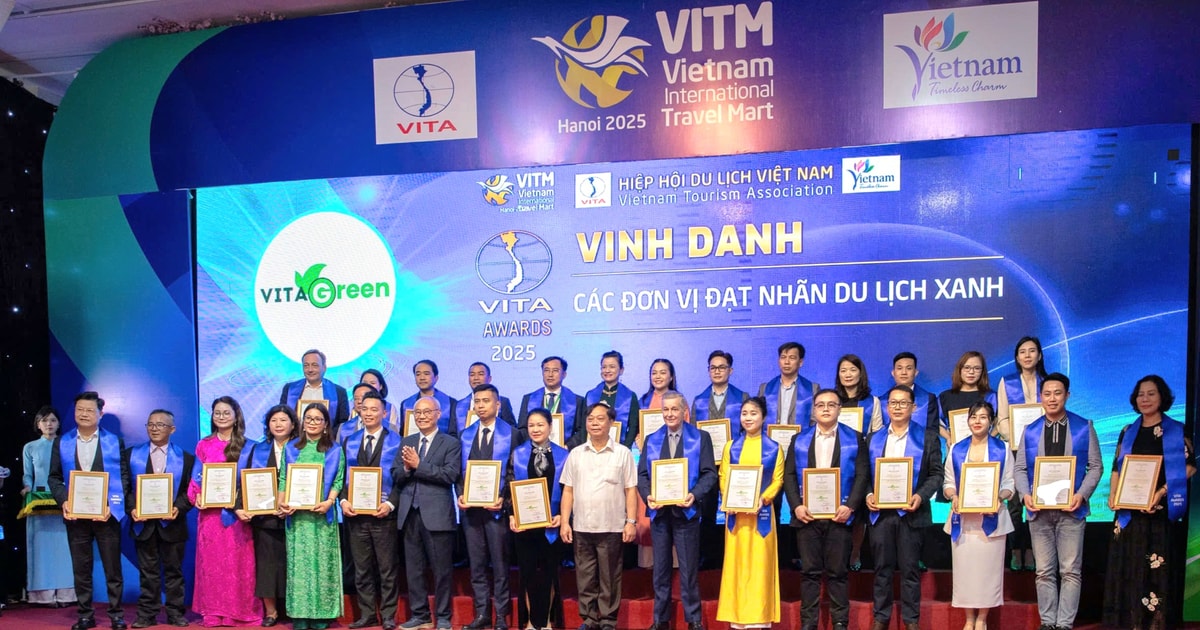
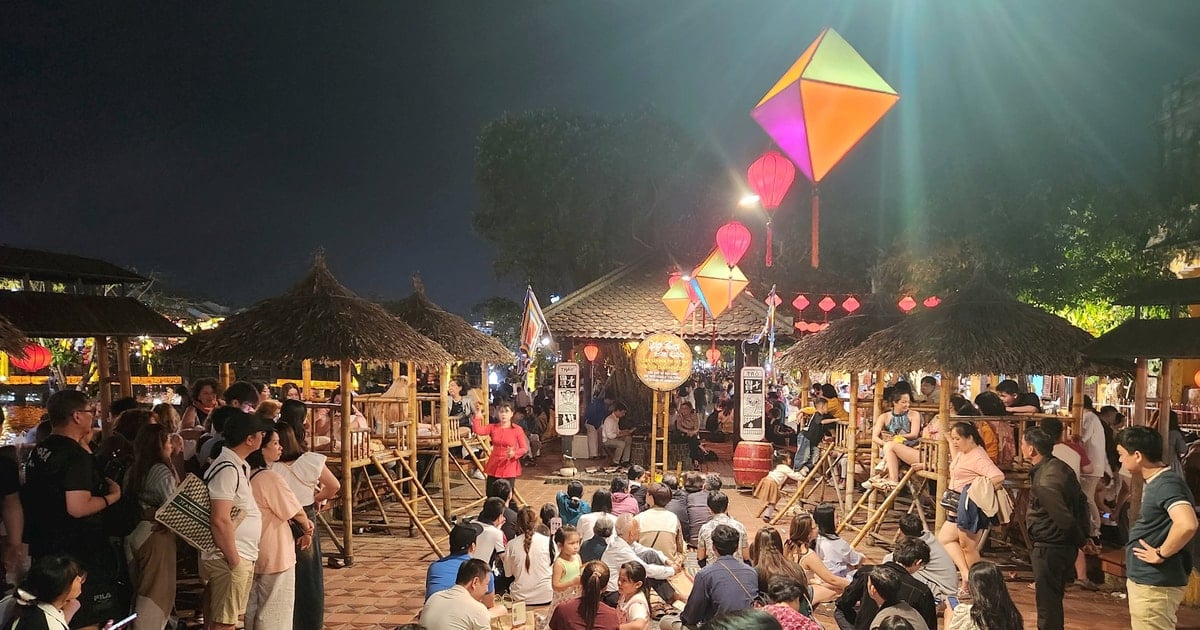




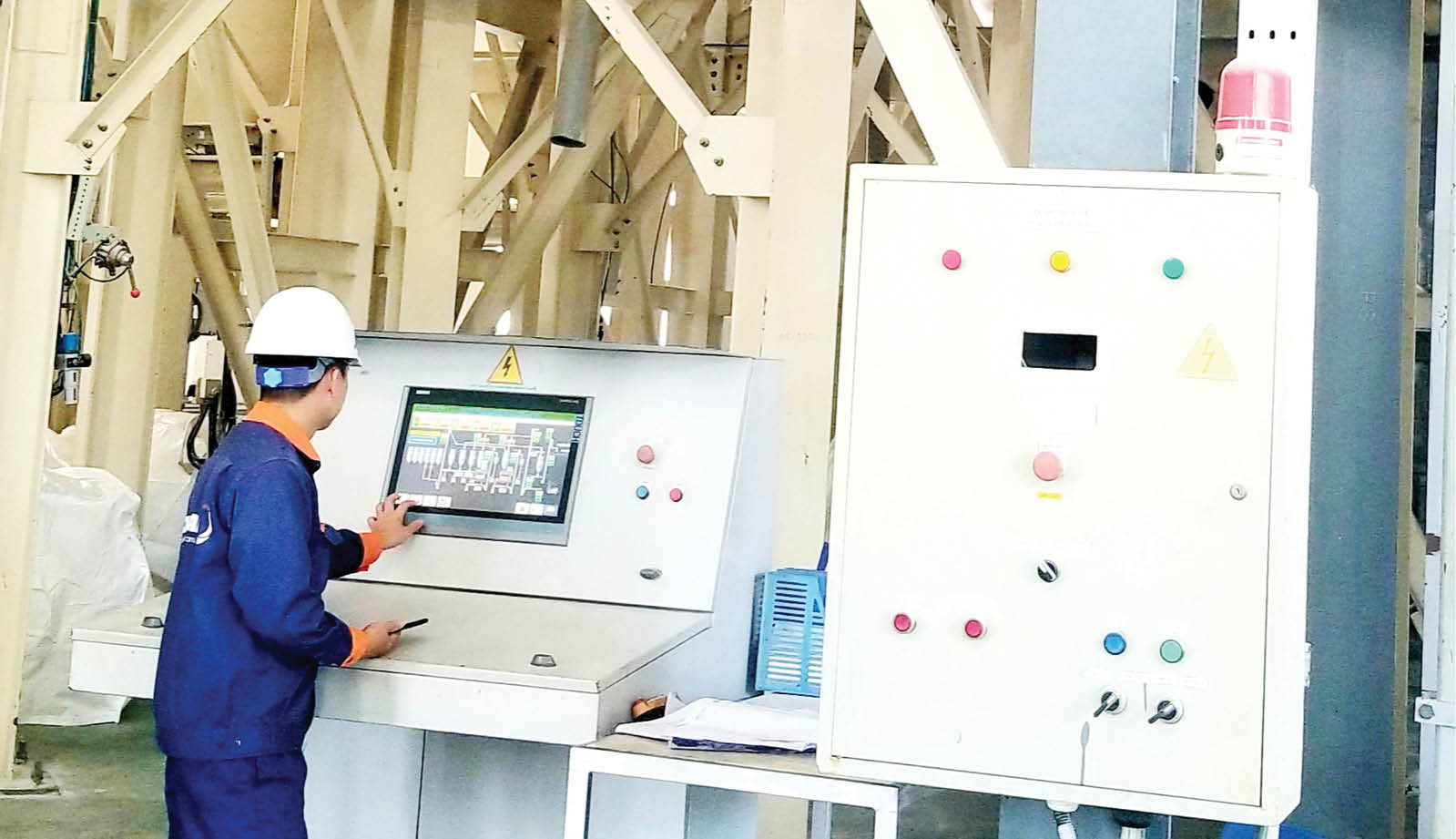
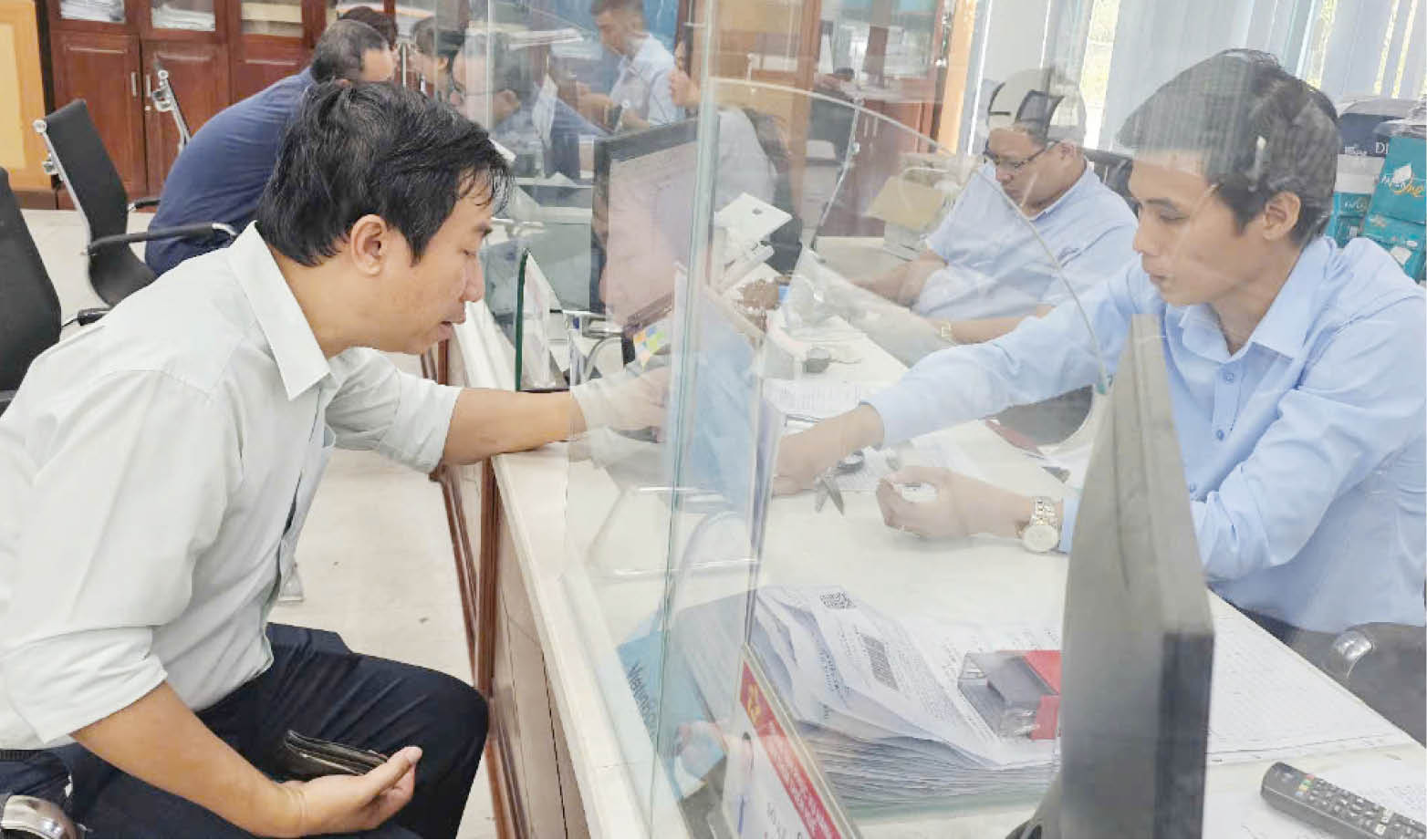
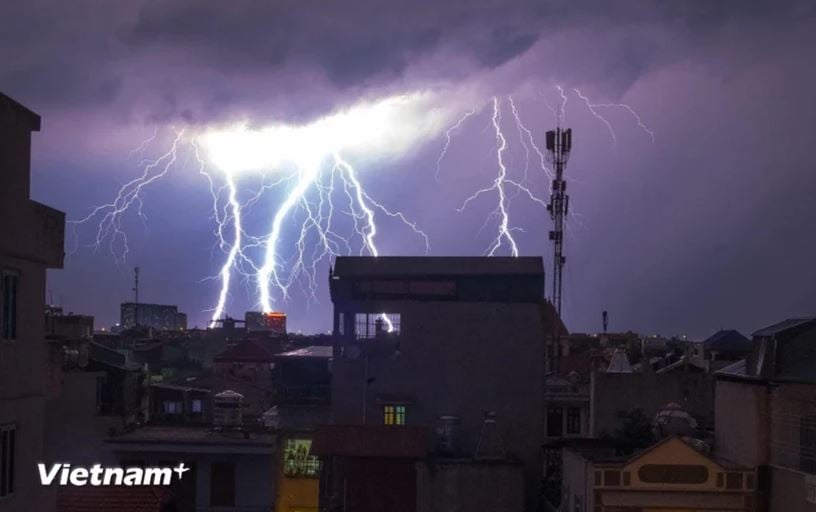
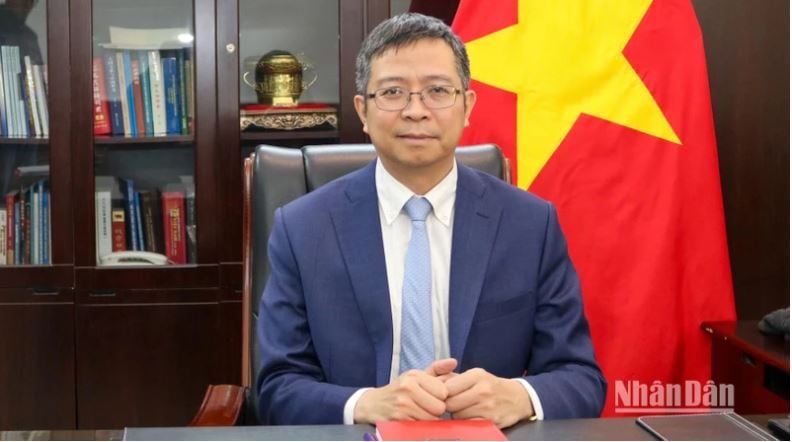
![[Photo] "Beauties" participate in the parade rehearsal at Bien Hoa airport](https://vstatic.vietnam.vn/vietnam/resource/IMAGE/2025/4/11/155502af3384431e918de0e2e585d13a)

















































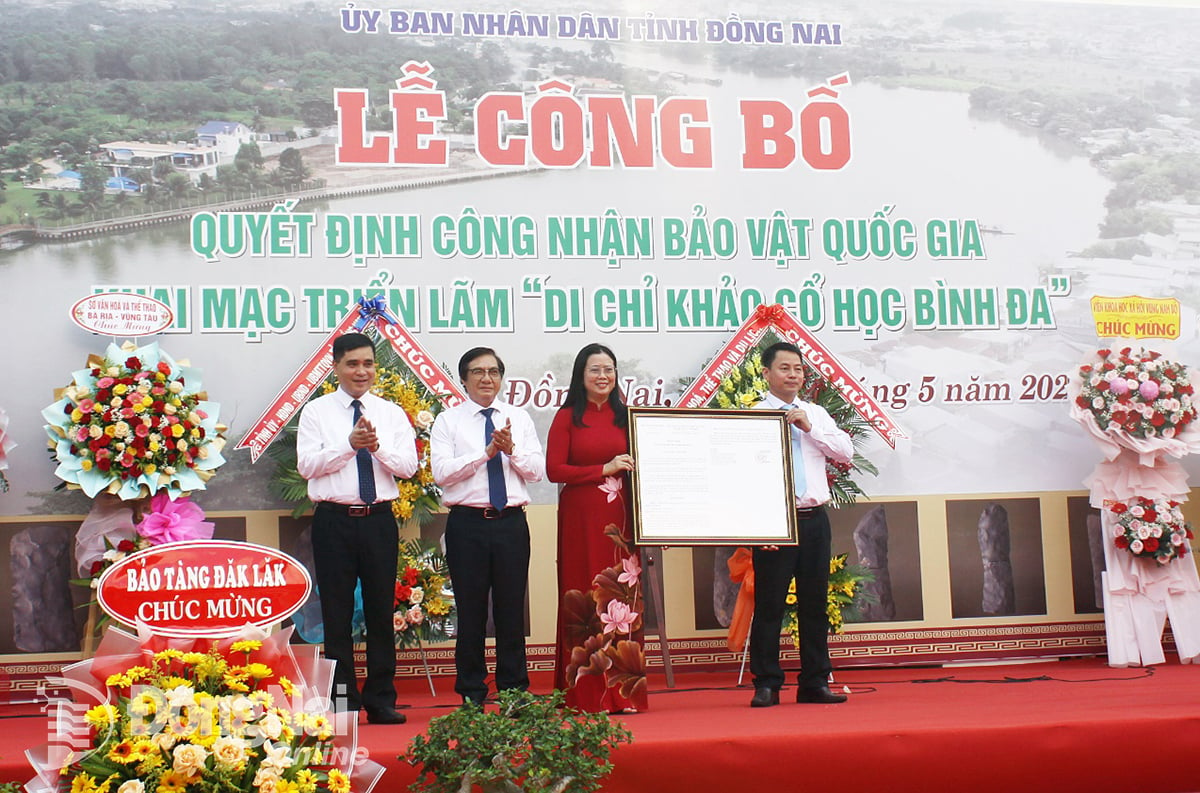

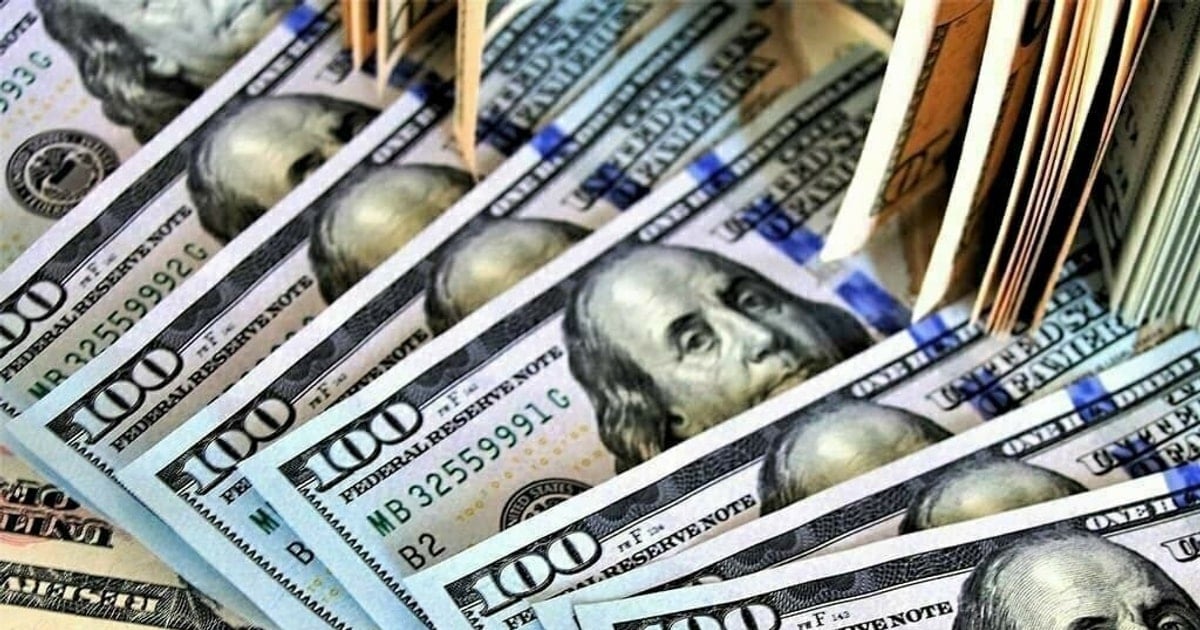














Comment (0)